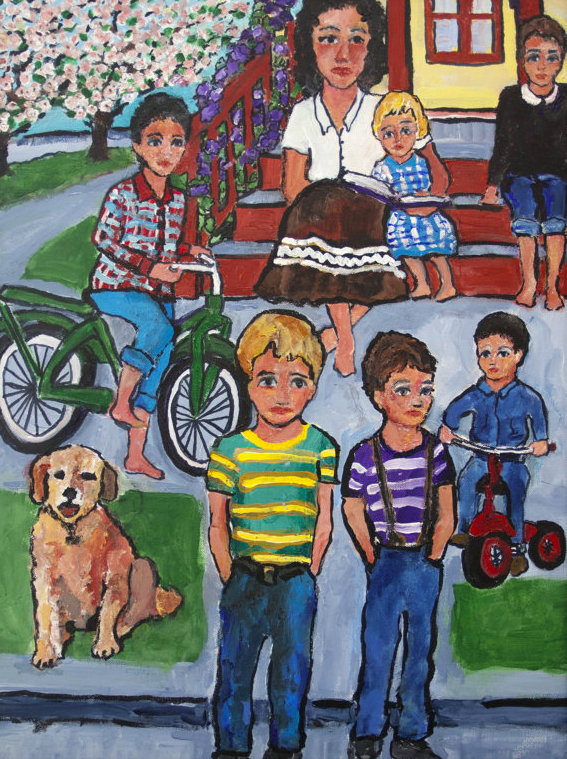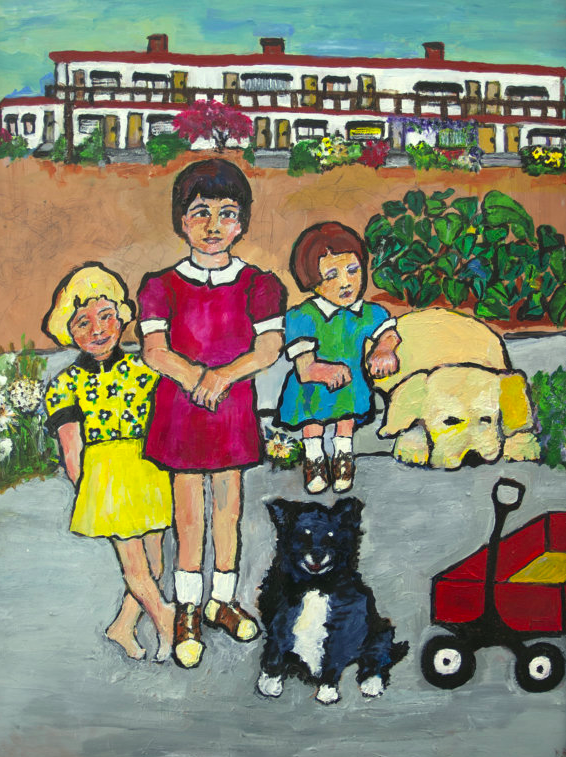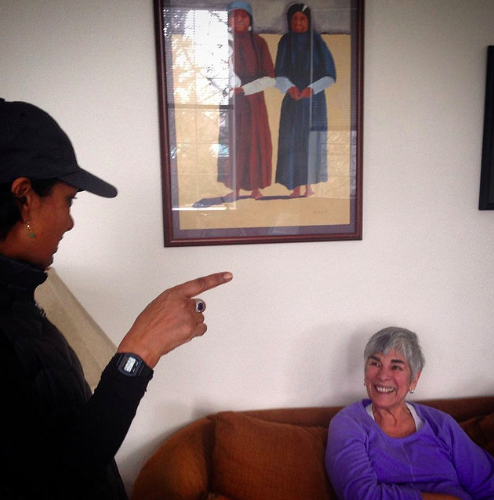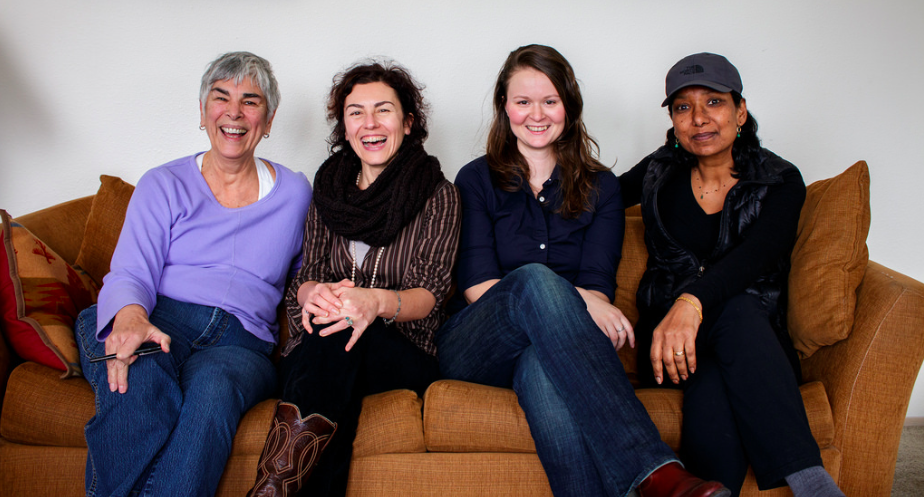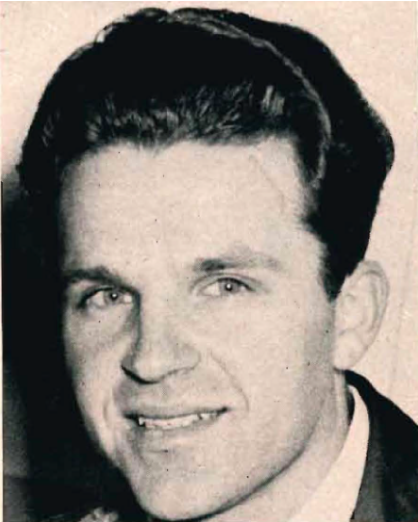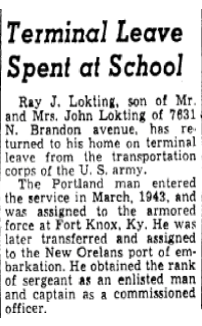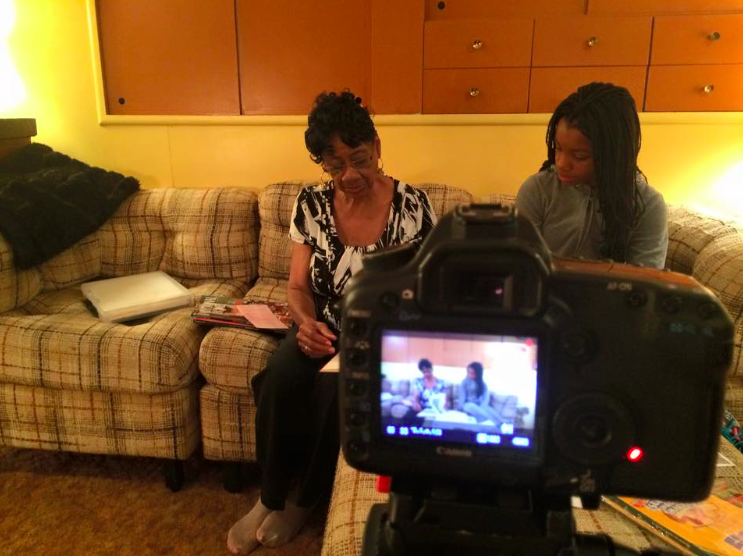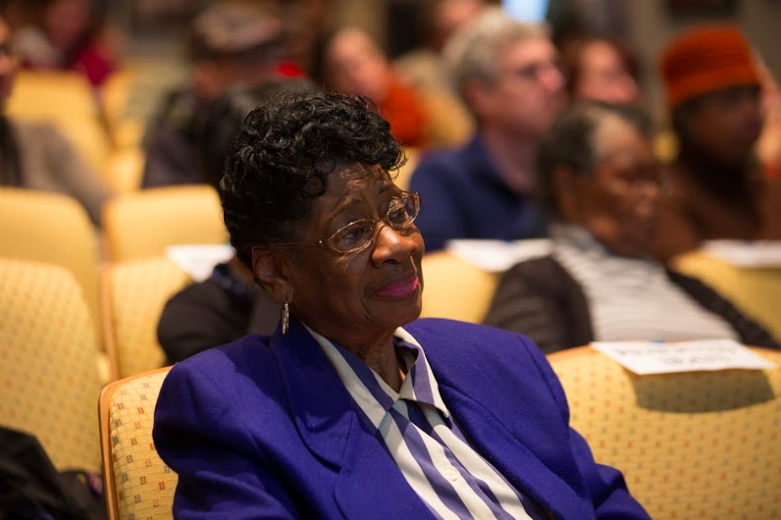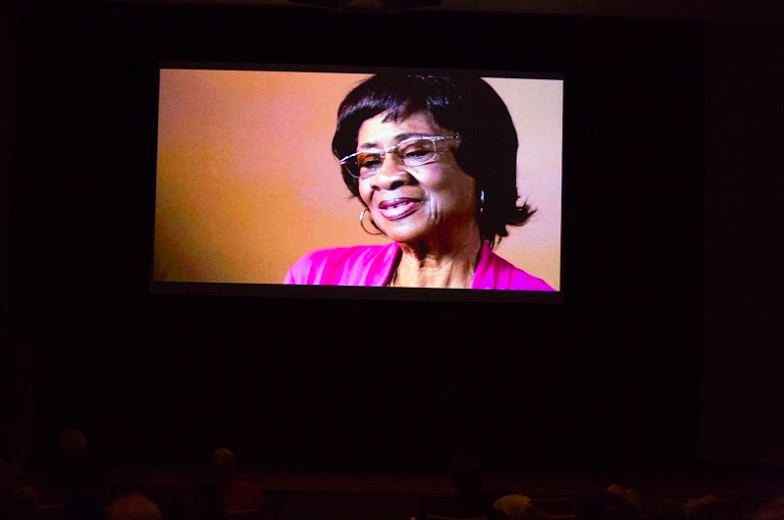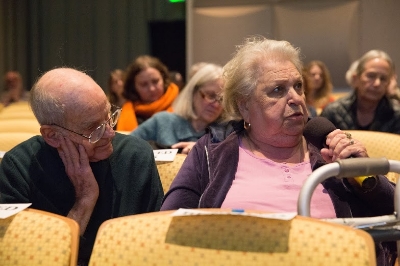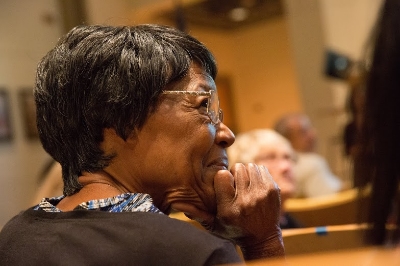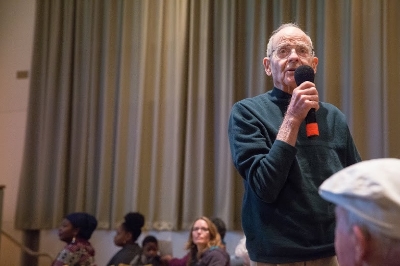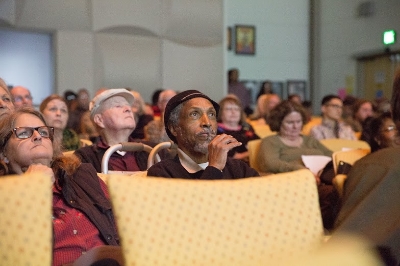Did you learn about Vanport in school? I grew up an hour and a half’s drive from where Vanport stood and I certainly never learned about it until well after I moved to Portland, and I’m far from the only one.
The story of Vanport is that of an instant and diverse community, one which came together because of World War II, and of the residents of this city that appeared almost overnight, who built the ships that played a pivotal role in winning the war in the pacific.
Even here in Portland where we are so close to the site of this historically significant place, people are surprised to learn that Vanport even existed. We hear from people of all generations at screenings of our short documentaries and in our workshops that they have not been taught about this chapter of history.
We all are left wondering why history books and curricula don’t even mention what once was Oregon’s second-largest city, home to 40,000 people who, between 1942 and 1948, came from all over the country to build a new life.
If Oregonians have heard of Vanport, they usually only know that it was destroyed in a flood; the many visitors to Delta Park, the Portland International Raceway, and the Heron Lakes Golf Course have little reminder of the city that once stood on the land they walk on.
“People in Portland should be proud that our city did something in the war in the Pacific,” Professor James S. Harrison who teaches history at Portland Community College, told me recently.
“There is such a great void in leaving that [Vanport and Portland’s contribution to the war effort] out,” he says. He is committed to filling that emptiness and is writing a book about Vanport’s place in Portland’s history.
We are lucky enough to have several historians and educators like Professor Harrison as part of the Vanport Mosaic team, people who are determined to make this forgotten piece of history available to teachers and students. These members include Tatum Clinton-Selin who, after learning about Vanport and attending one of our free workshops, was so inspired that she decided to devote her Master’s thesis to creating a Vanport curriculum for high school students as a resource for the growing number of teachers who want to share this history with their students.
You can download it here:








